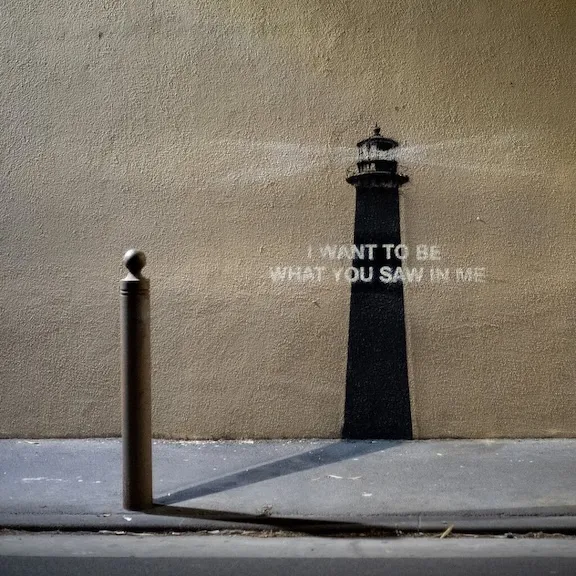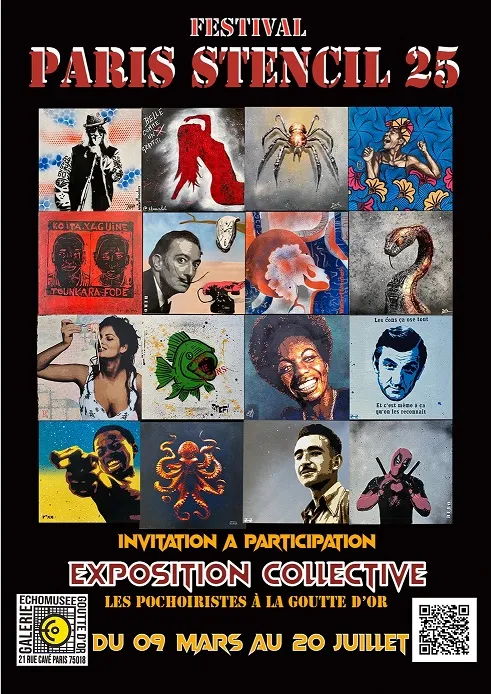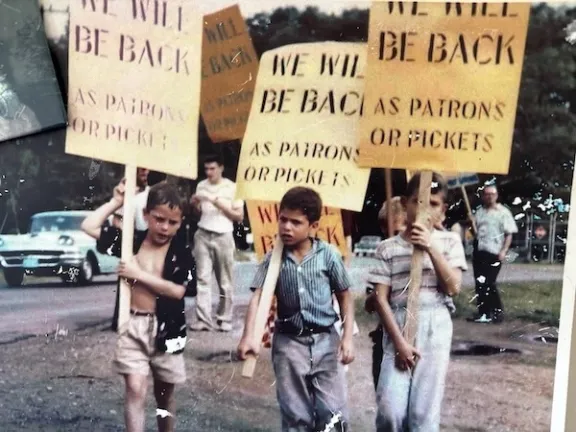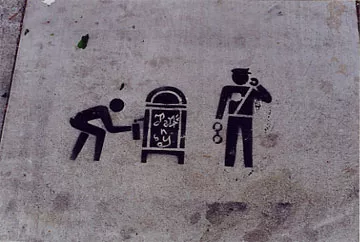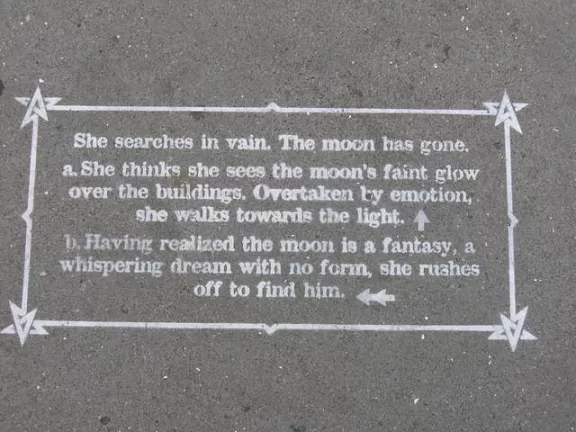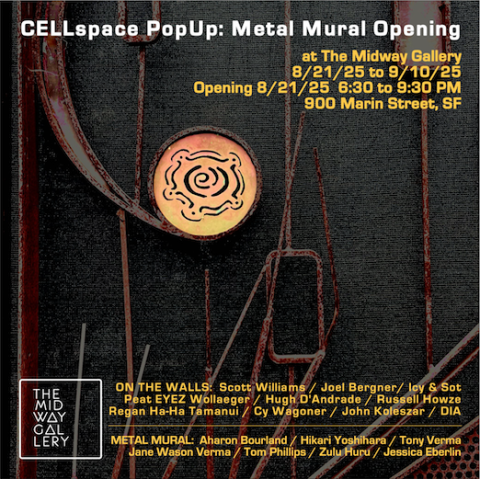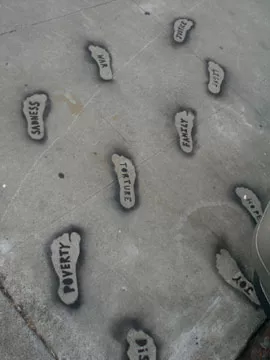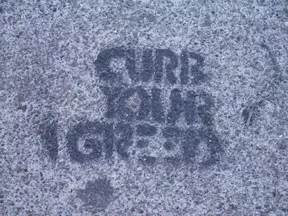Reading the Illegible: Can Law Understand Graffiti?
Reading the Illegible: Can Law Understand Graffiti?
Authors Katya Assaf-Zakharov and Tim Schnetgoke
Document Type Article (DOWNLOAD)
From DigitalCommons (via Connecticut Law Review)
Disciplines Cultural Heritage Law | Property Law and Real Estate
Abstract
This essay focuses on graffiti—the practice of illegal writing and painting on trains, walls, bridges, and other publicly visible surfaces.
Social responses to graffiti are highly ambivalent. On the one hand, media often picture graffiti painters as “vandals” and “hooligans.” Local authorities define graffiti as an “epidemic” and declare “wars on graffiti.” On the other hand, graffiti is recognized as a valuable form of art, exhibited in mainstream museums sold for high prices. Reflecting the ambivalent social attitude, the legal treatment of graffiti is highly uneven, punishing some graffiti writers for vandalism while granting copyright protection to others.
Scholars have made various suggestions regarding the legal regulation of graffiti, ranging from toughening the criminal sanctions to providing more legalized spaces and art programs for the painters. Yet to date, no attempt has been undertaken to understand the dissenting message of graffiti and to consider an adequate legal response to this message. As Jean Baudrillard suggested, the subtle message of graffiti “must be heard and understood.” Doing this, in the legal sphere, is the central goal of this essay. Instead of suppressing or manipulating graffiti, we propose to answer its message with redefining the boundaries of physical property so as to restrict owners’ control over surfaces that shape our urban landscape. These surfaces will then be used as a medium of free visual expression, creating a public “forum” in its classical sense: a place of discussion, opinion exchange, and purely aesthetic expression.
Recommended Citation
Assaf-Zakharov, Katya and Schnetgoke, Tim, "Reading the Illegible: Can Law Understand Graffiti?" (2021). Connecticut Law Review. 465. https://digitalcommons.lib.uconn.edu/law_review/465

